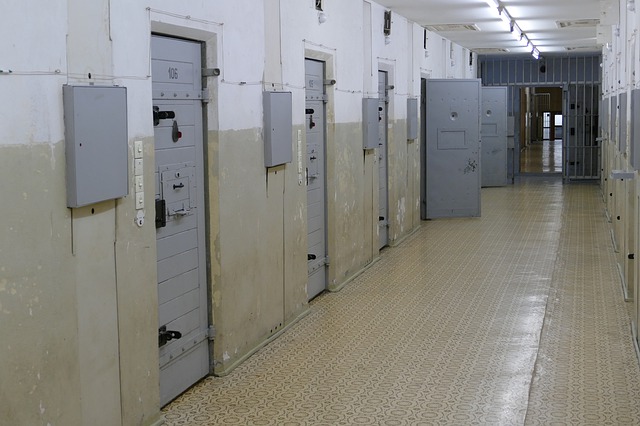Prisoner’s Dilemma
I recently finished Melanie Mitchell’s Complexity: A Guided Tour. One of the insights I gained from reading the book was the concept of an idea model applied to the Prisoner’s Dilemma.

I recently finished Melanie Mitchell’s Complexity: A Guided Tour. One of the insights I gained from reading the book was the concept of an idea model applied to the Prisoner’s Dilemma.

I am not exactly sure if I heard him say it in his talk on 6 May 2021 as part of a series broadcasted by the Oxford Martin School, or if I read it in the first pages of his review, but it did provoke a train of thought, Sir Partha Dasgupta’s statement that “Welfare cannot be measured by GDP, since Welfare is a stock and GDP is a flow”.

I have been participating in a group that was reading Complexity: A Guided Tour, by Melanie Mitchell. In one of our last sessions we set the book aside and explored the complexity of the supply chain.

Accidentally I stumbled upon a disparity between the definition of Harberger’s triangle or deadweight loss as it is employed in a Dutch textbook I consulted as opposed to the way it is employed in my son’s A-level textbook or the IB textbook in our possession.

One of the things I find important in relation to a 21st century economics education is systems thinking. But when discussing systems thinking with interested others I often find that it is such a huge concept.